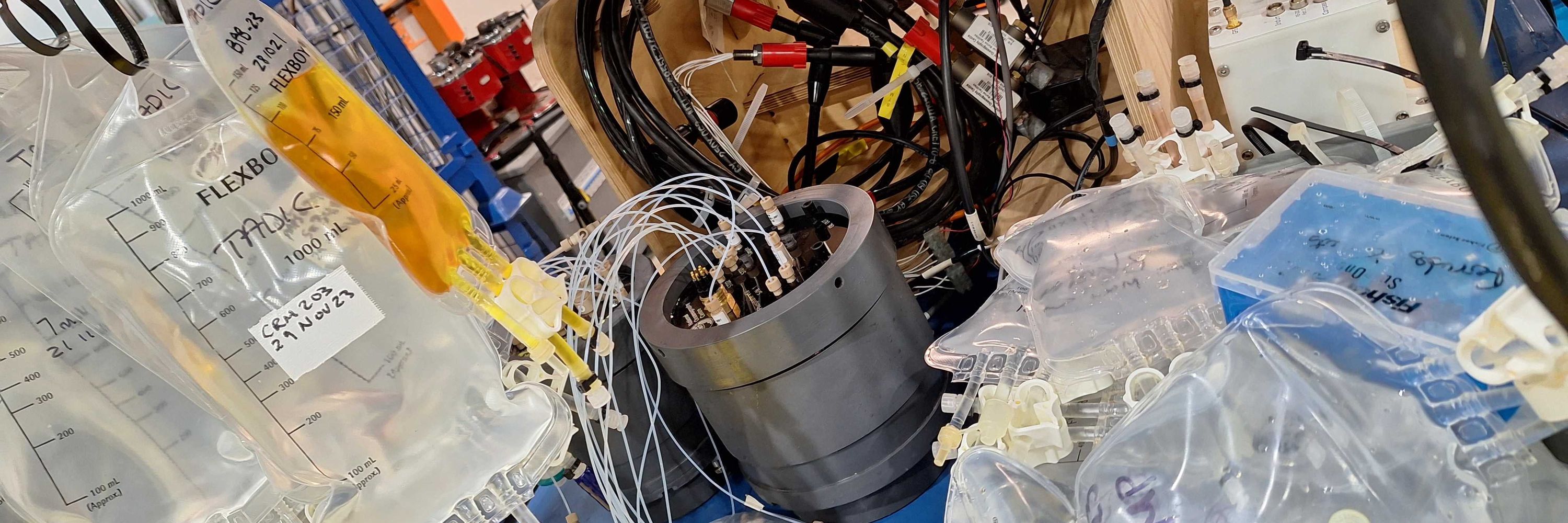
Ocean Technology and Engineering group
@biogeosensing.bsky.social
We invent, design, build, deploy and commercialise sensors and instruments for marine and environmental science with a beneficial societal impact @nocnews.bsky.social
Link to the paper🤓 pubs.acs.org/doi/10.1021/...

New Capability in Autonomous Ocean Carbon Observations Using the Autosub Long-Range AUV Equipped with Novel pH and Total Alkalinity Sensors
The development of marine autonomous platforms has improved our capability to gather ocean observations at fine spatial scales and high temporal frequency, which can be used to better measure, characterize, and model ocean carbon. As part of the OCEANIDS program, novel carbonate sensors were integrated into the Autosub Long-Range (ALR) autonomous underwater vehicle (AUV) and deployed in the Celtic Sea. Autonomous Lab-On-Chip (LOC) sensors measured pH and total alkalinity (TA) while onboard the ALR. Using interpolation, the ALR-sensor data set is compared against CTD co-samples. The average differences between the LOC sensor and co-sample pH range from −0.011 to −0.015. The TA sensor data agrees with co-samples within 1–2 μmol kg–1 on average. Biogeochemical water properties differing between CTD and ALR observations reveal correlations to carbonate parameter variations. The LOC sensors enabled the characterization of the marine carbonate system from autonomous subsurface measurements for the first time. Sensor pH and TA data were used to calculate dissolved inorganic carbon (DIC), partial pressure of CO2 (pCO2), and aragonite saturation state (ΩAr) and are compared with CTD co-samples with mean residuals of 4–7 μmol kg–1, 10–17 μatm, and −0.03 to −0.06, respectively. Future perspectives on sensor deployment and analysis are discussed.
pubs.acs.org
April 11, 2025 at 1:04 PM
Link to the paper🤓 pubs.acs.org/doi/10.1021/...

